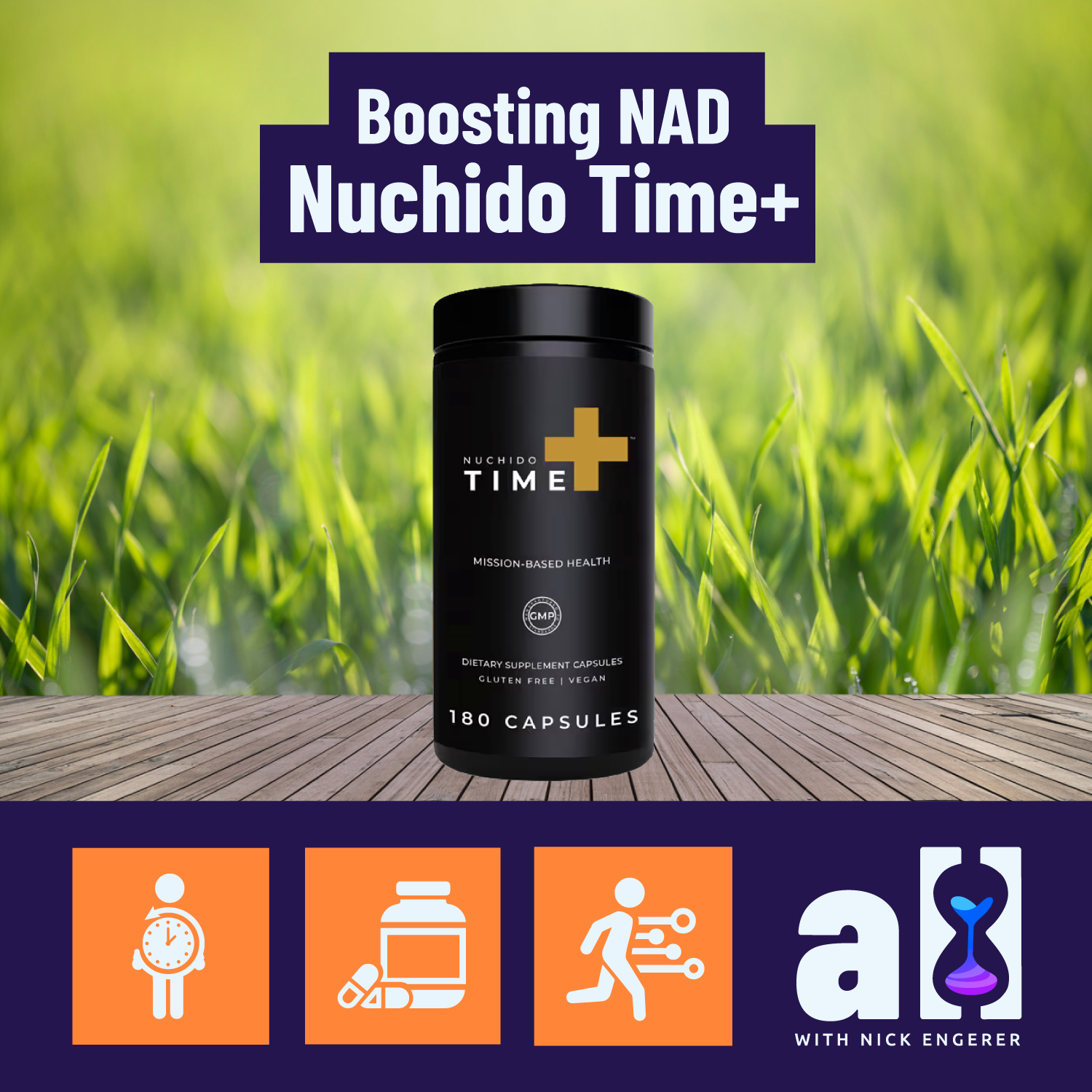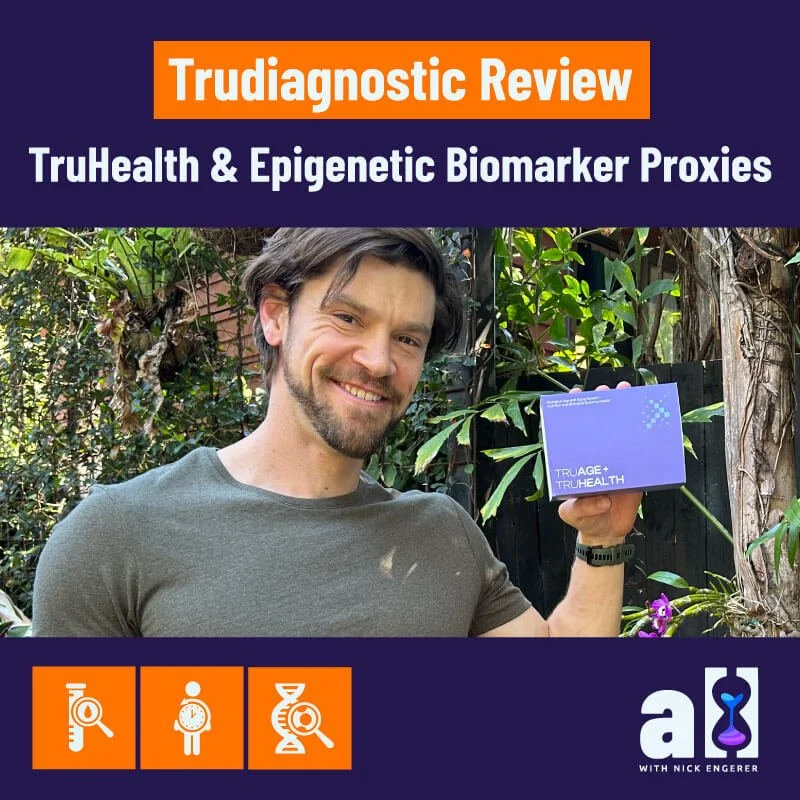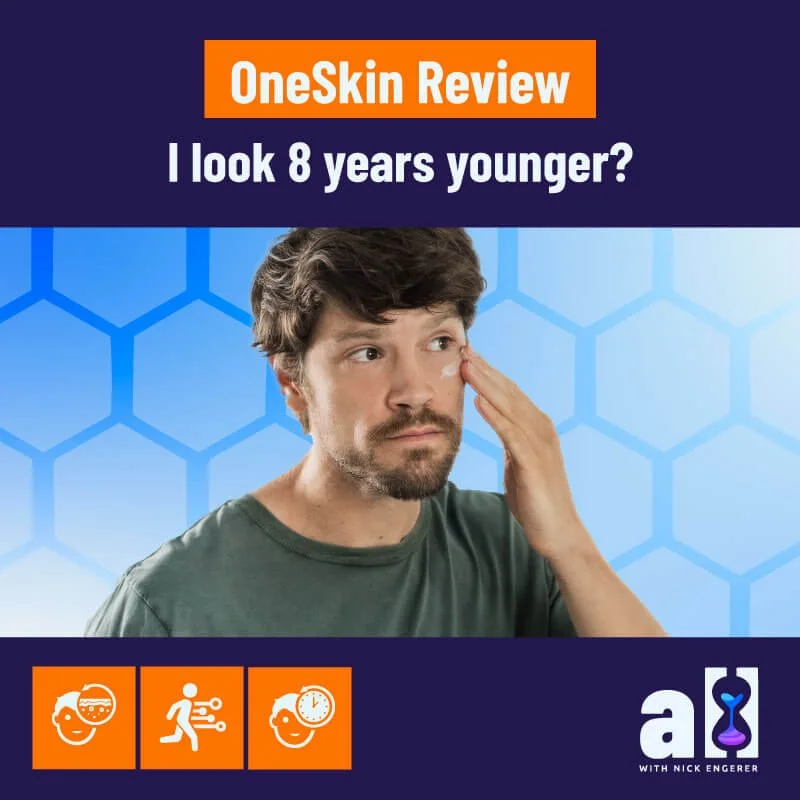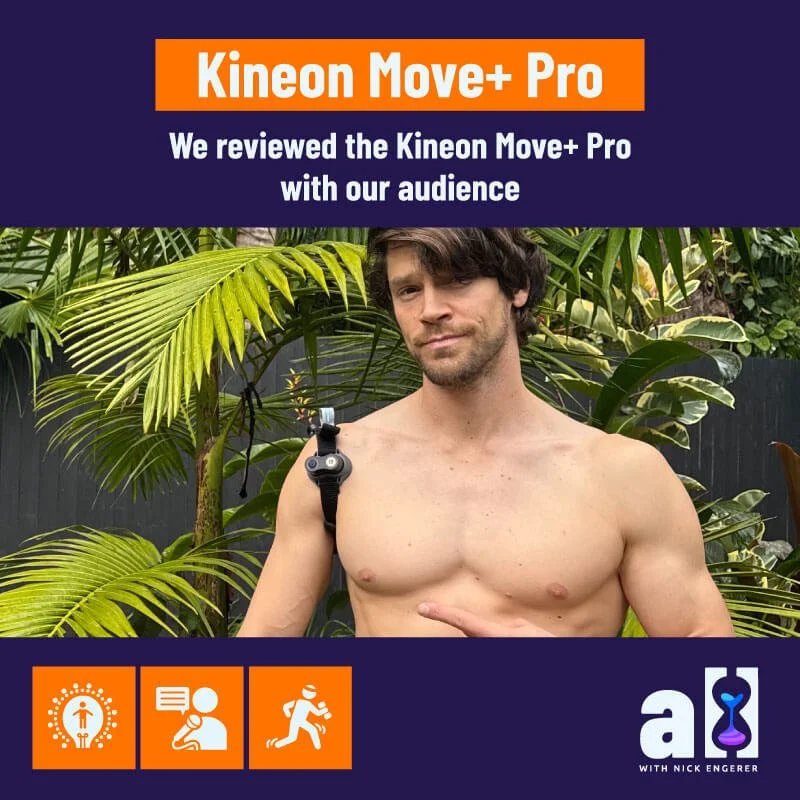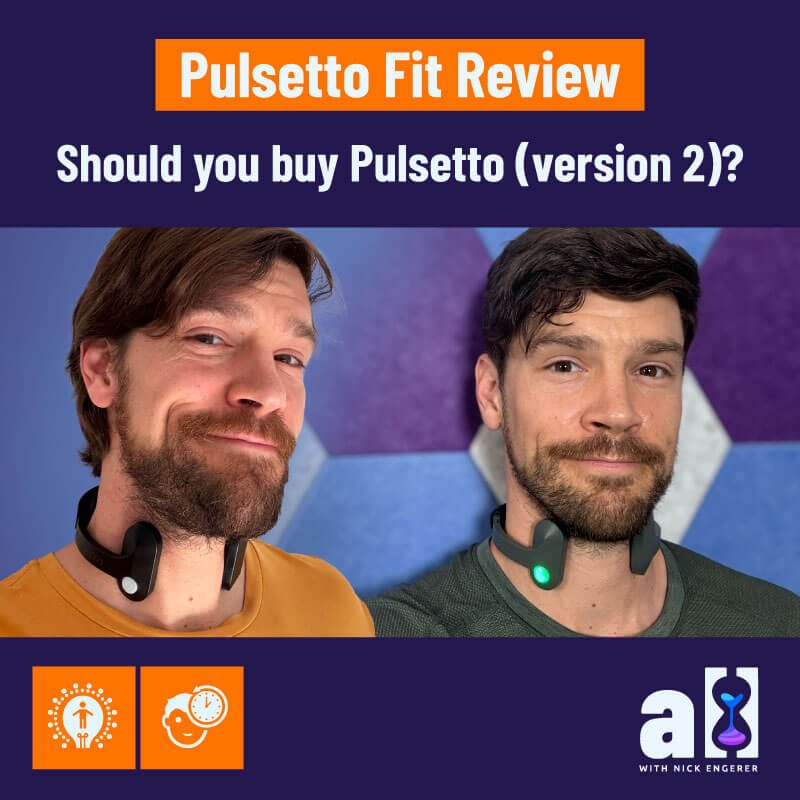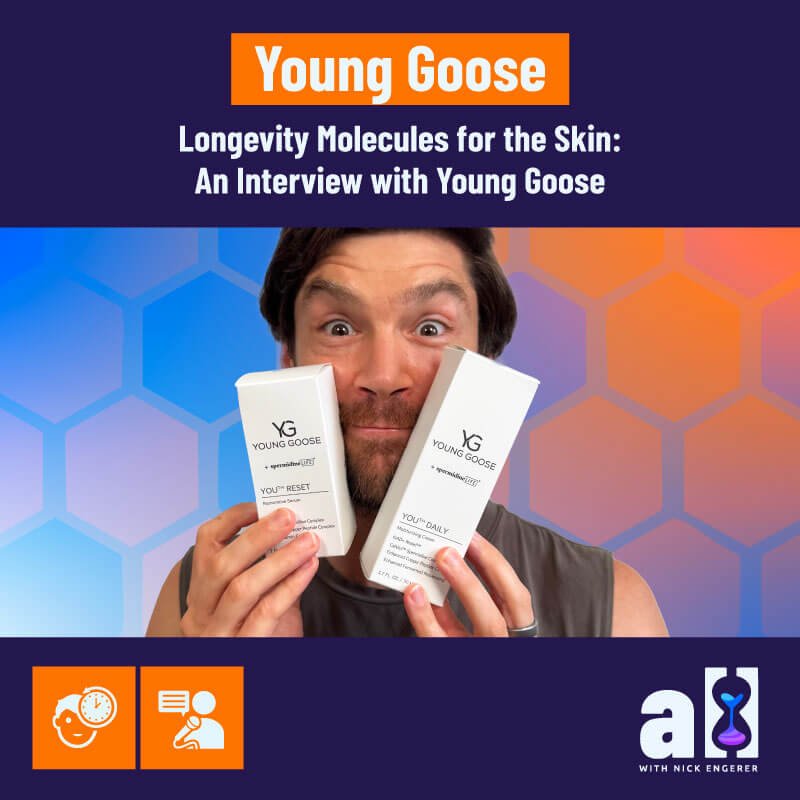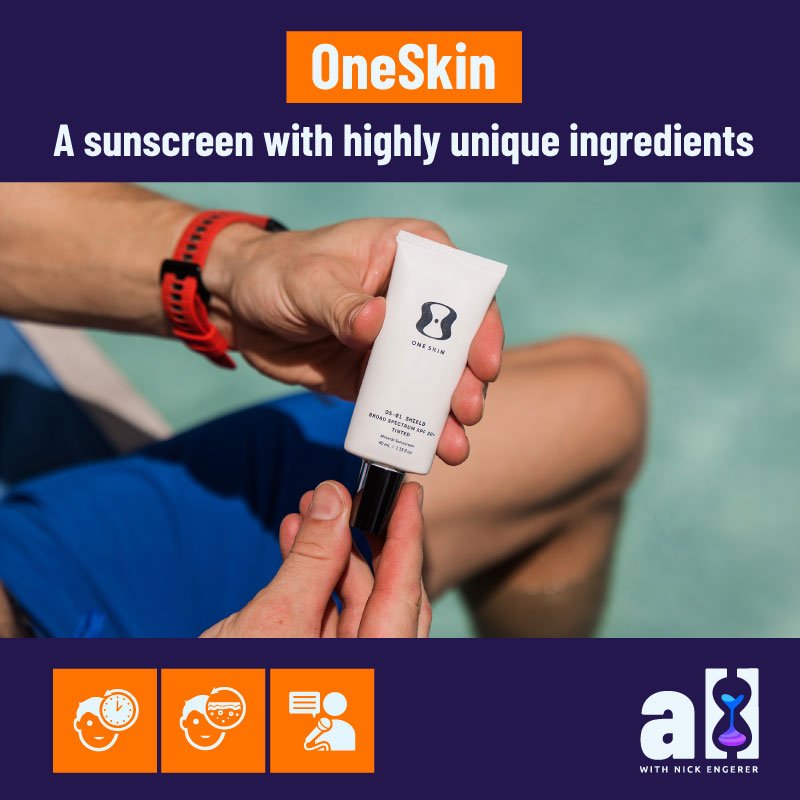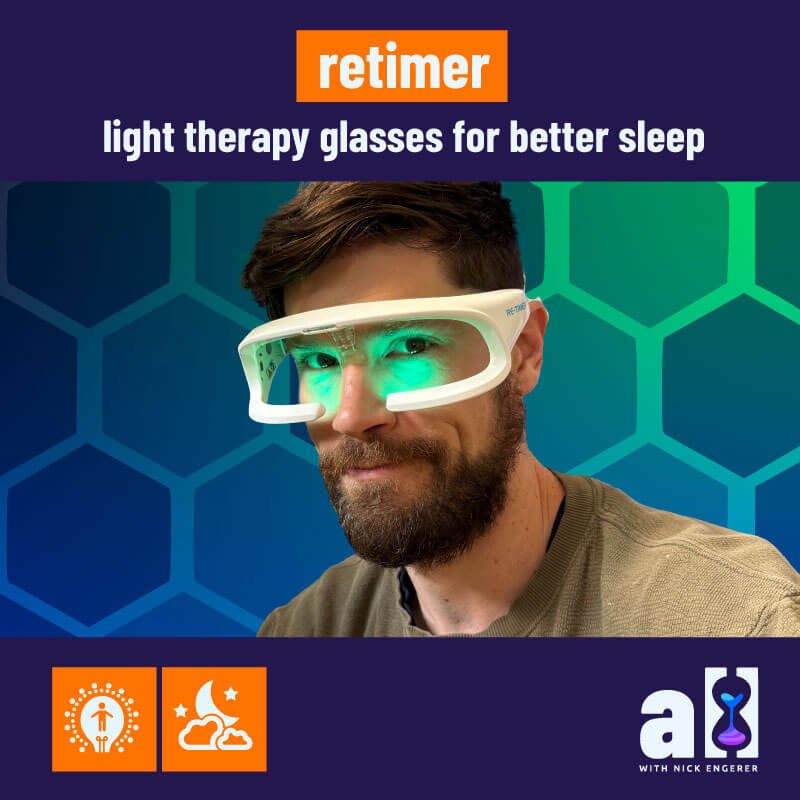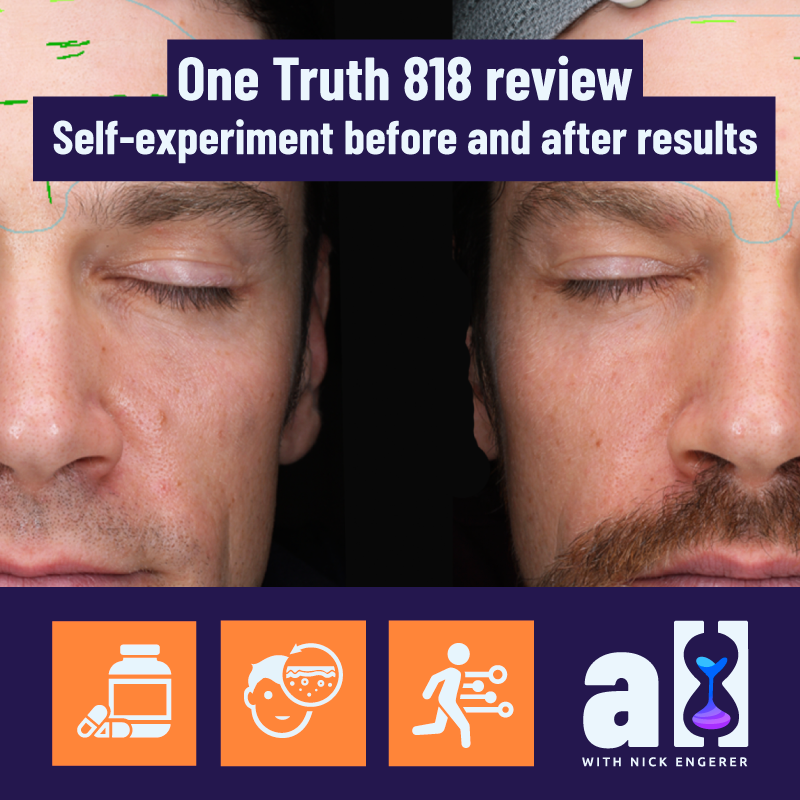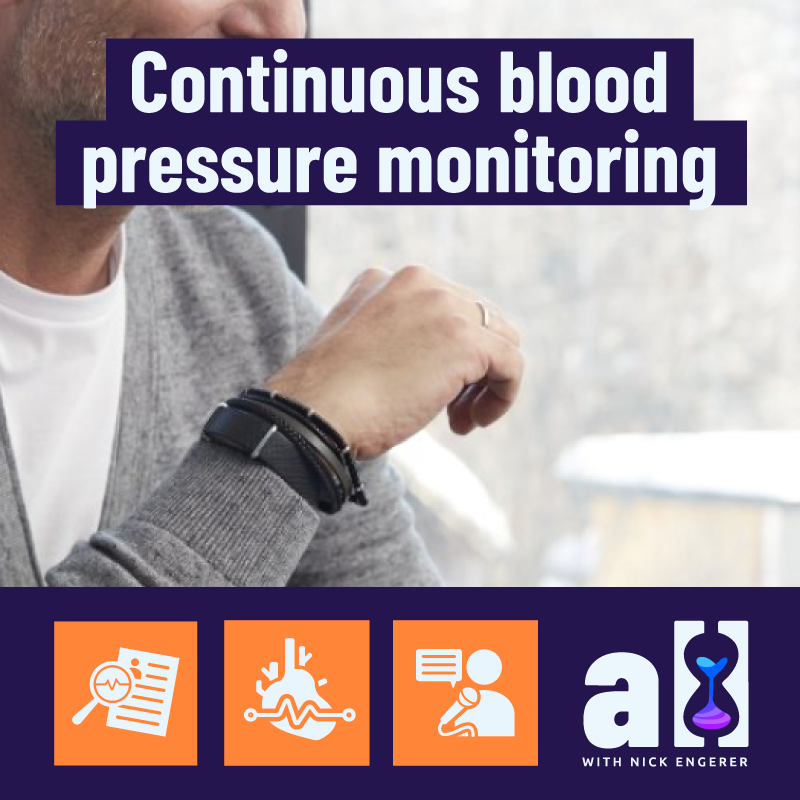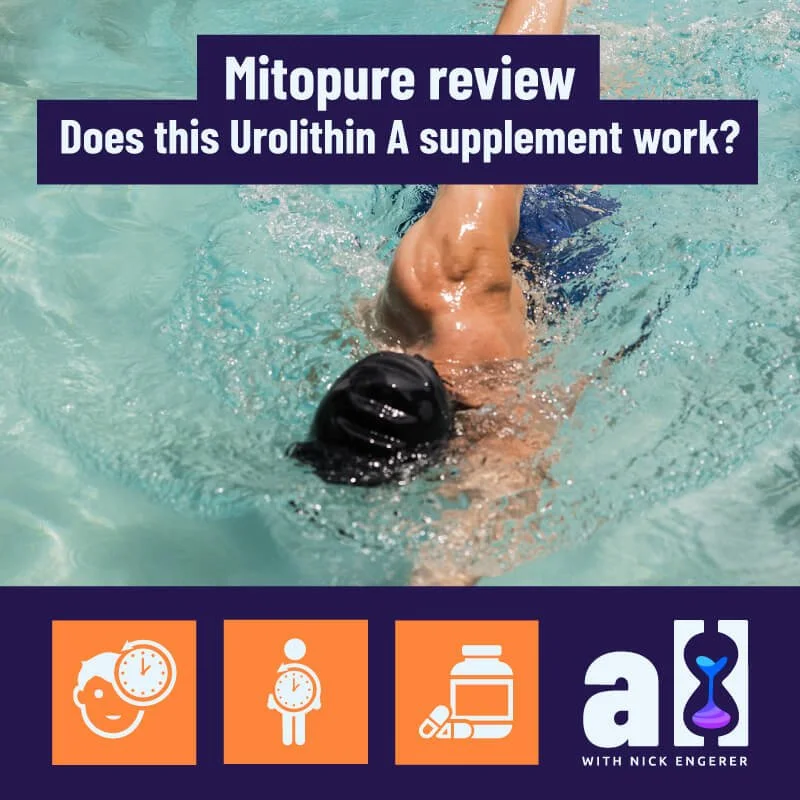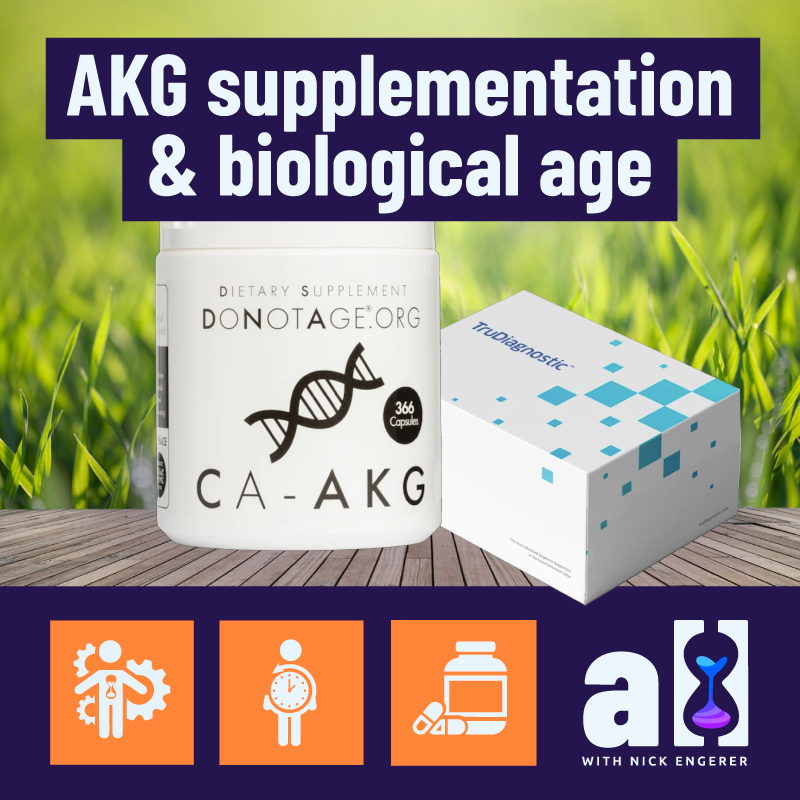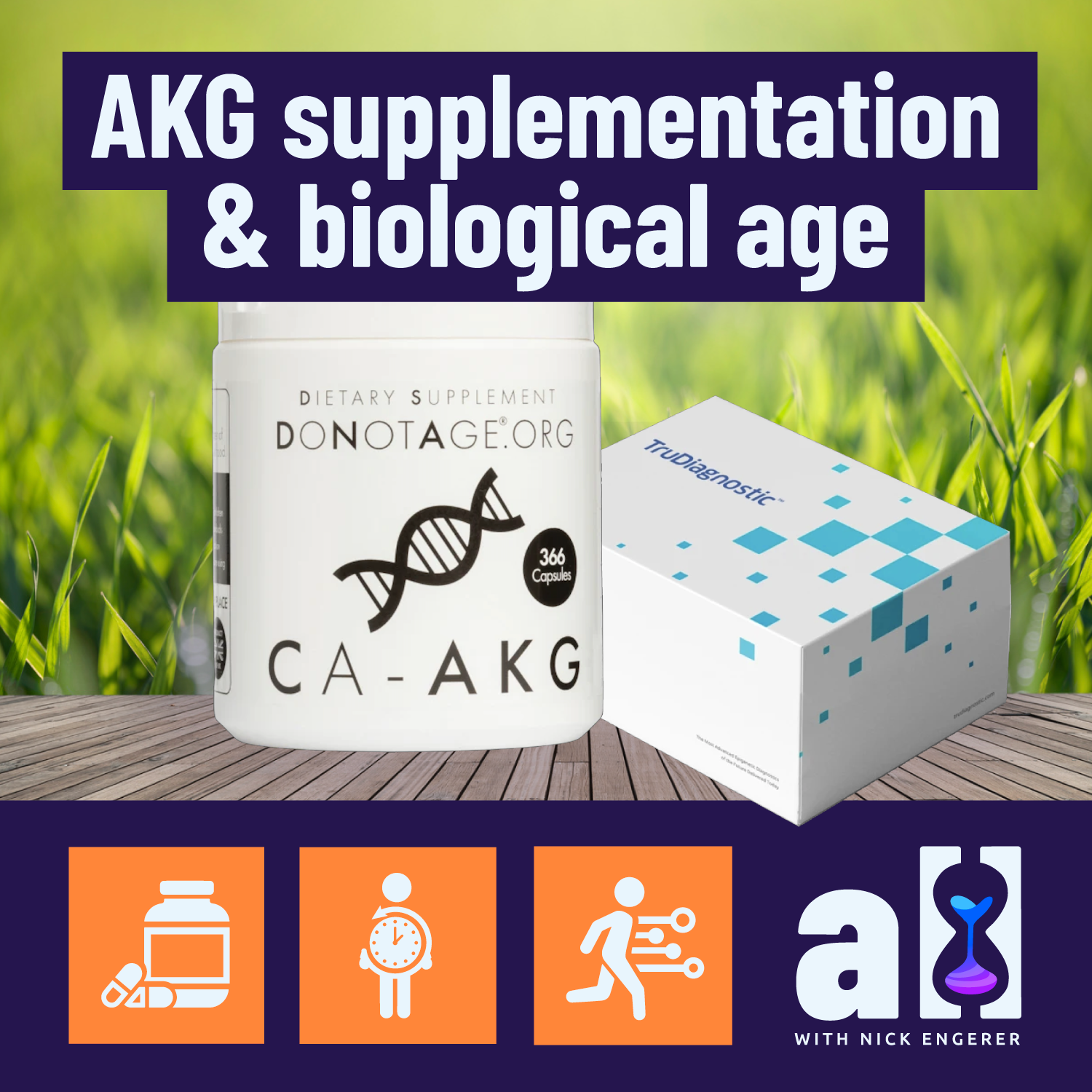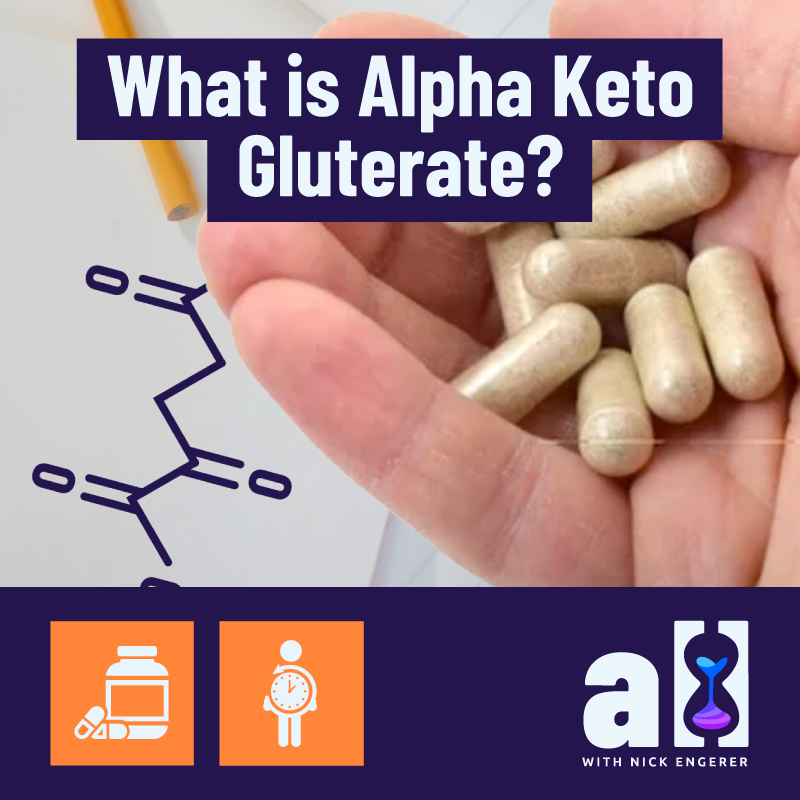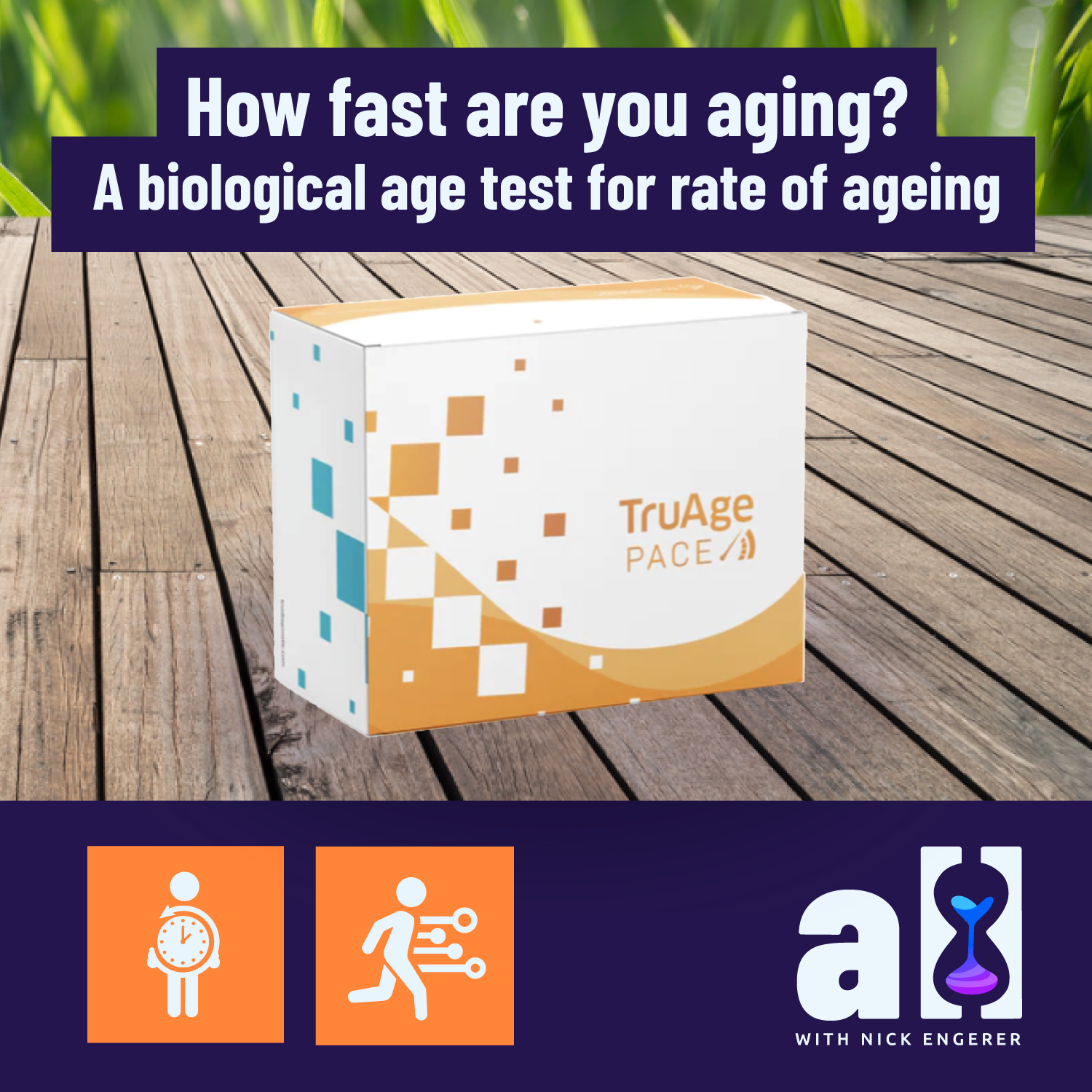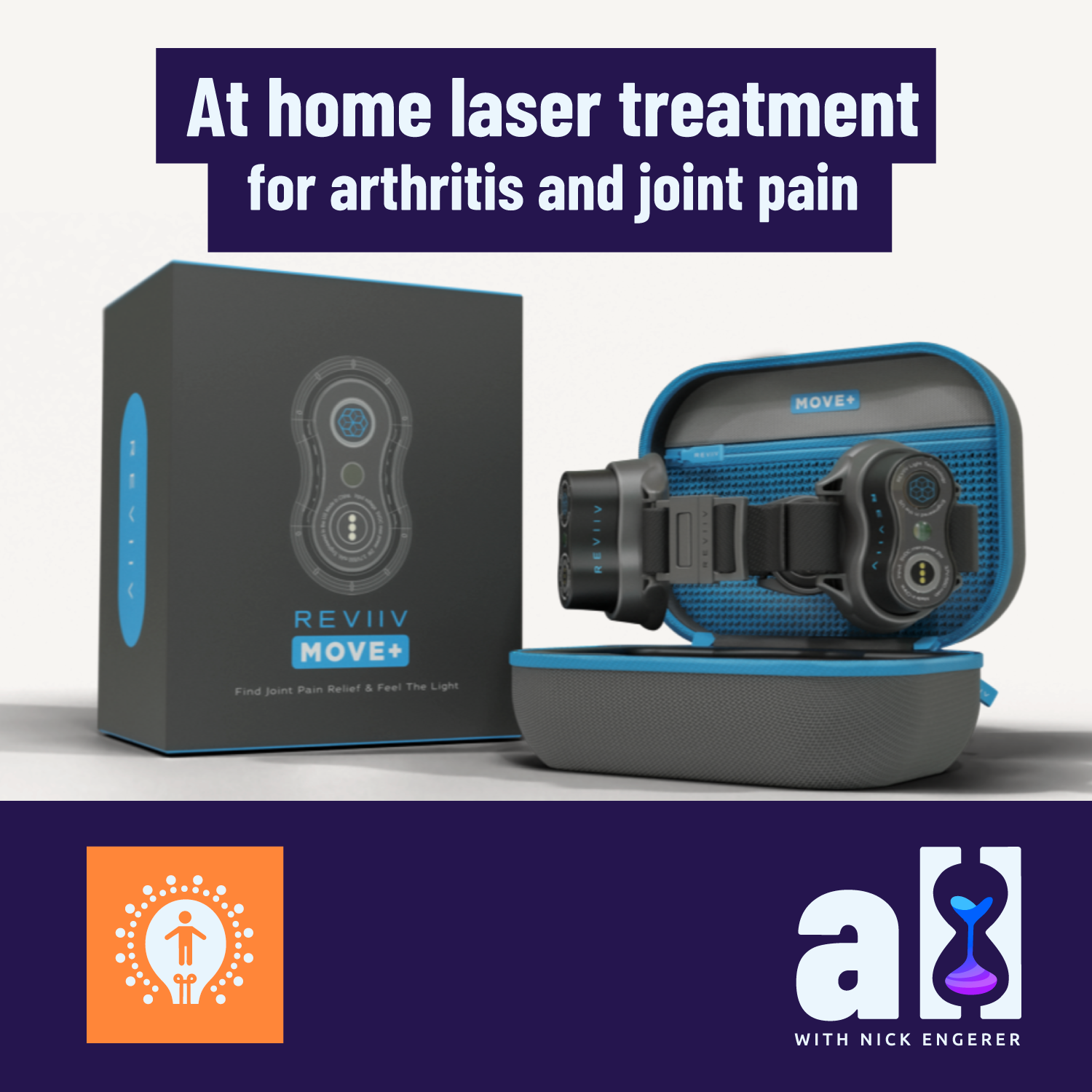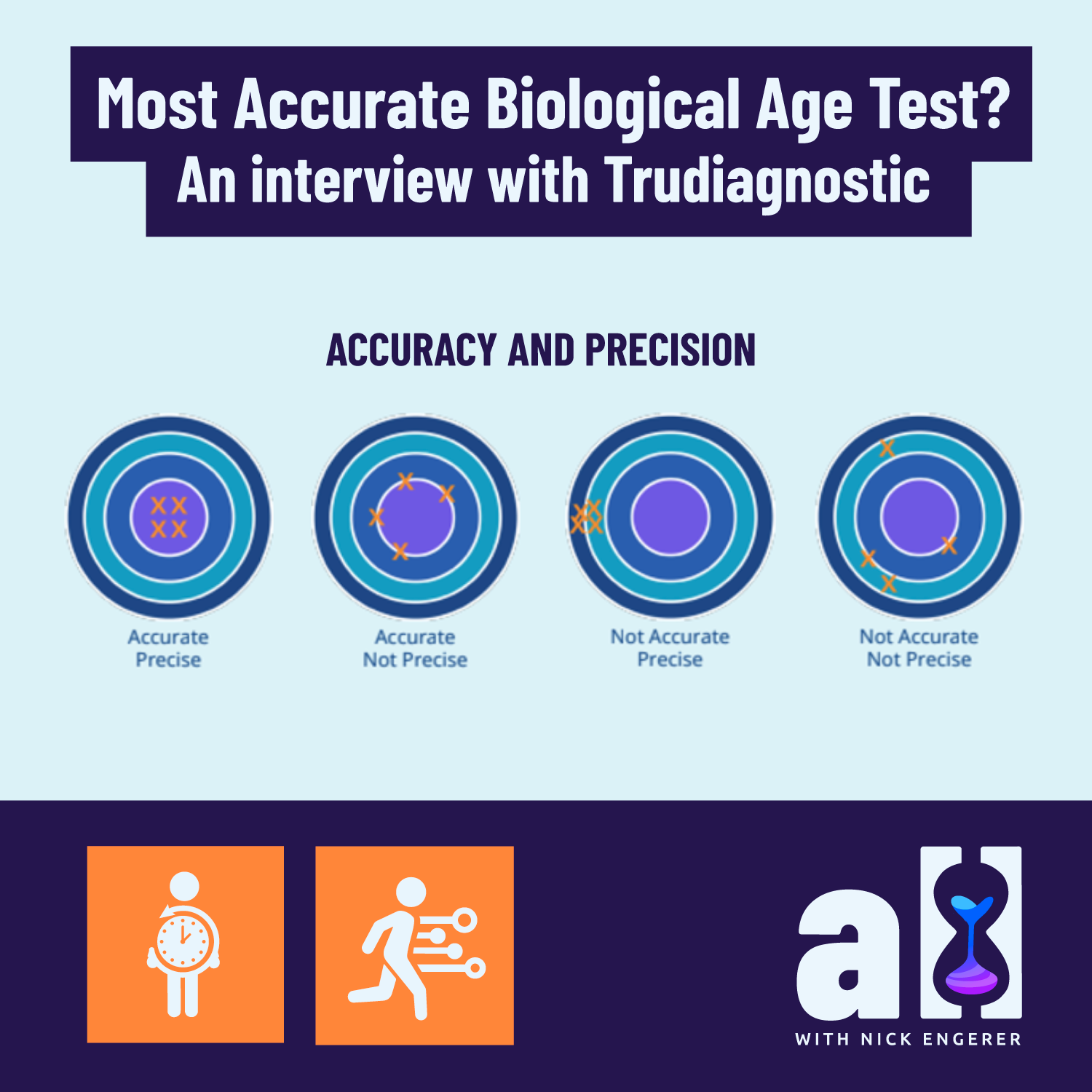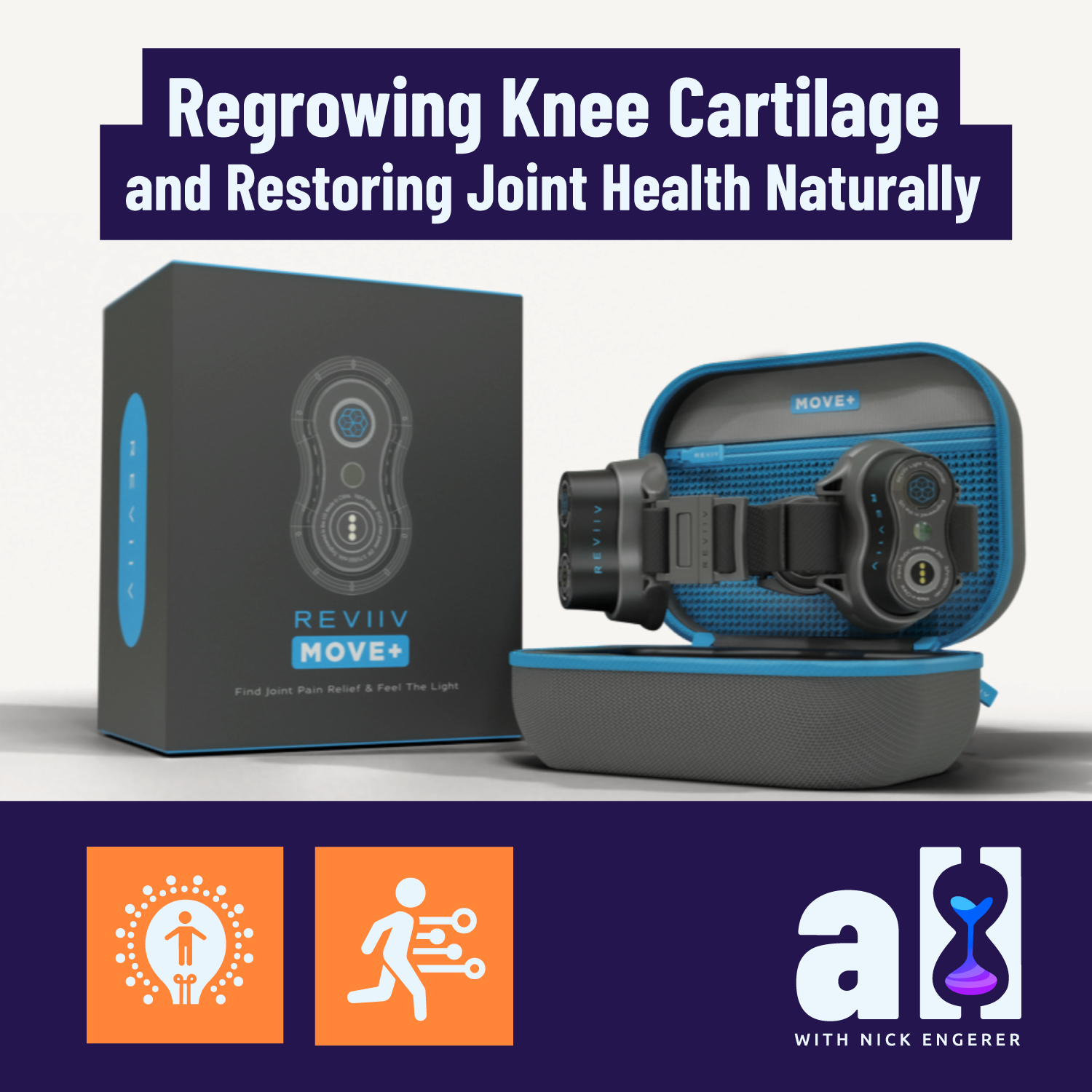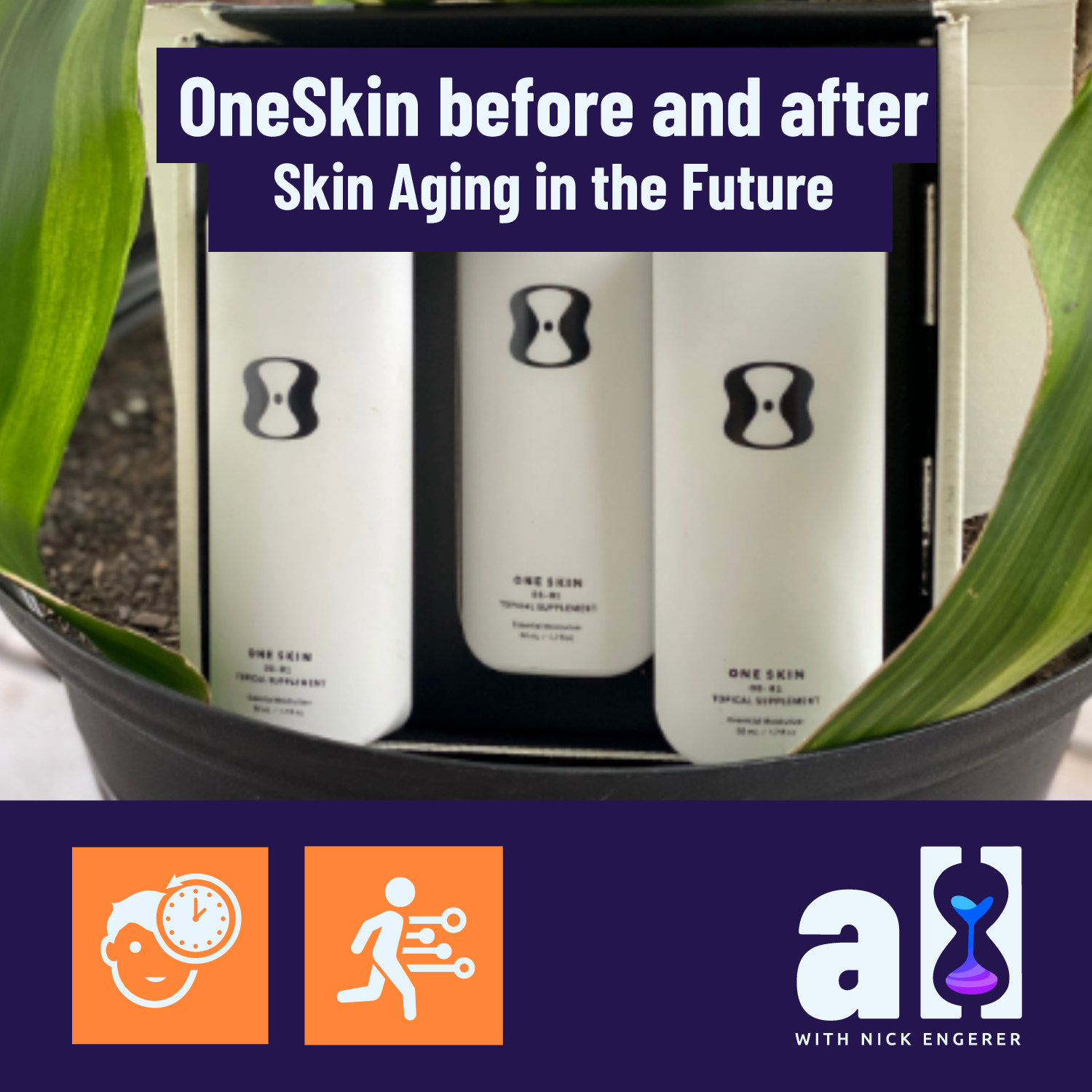Boosting NAD by down-regulating CD38 and improving the salvage pathway: Nuchido Time+
Building an NAD boosting supplement stack with Nuchido Time+
In our previous post, A Longer Life interviewed Nuchido founder and NAD systems expert Dr. Nichola Conlon, on the topic of NAD systems biology and its relative complexity.
Engaging with the challenges one faces when supplementing with an NAD precursor such as NMN or NR alone.
Aging cells see increased activity in an enzyme called CD38 which consumes NAD at an exorbitant rate, as well as a breakdown in the salvage/recycling pathway for the NAD+/NADH redox reaction.
These issues must be solved in order to restore our cells to their youthful state, and while the science in this arena is at quite an early stage - Dr Conlon and her company Nuchido are leading the pack, and have tackled these issues head-on with their Time+ product.
Nuchido Time+ supplement review and discount code
A Longer Life used this second part of our Nuchido interview to explore the ingredients included in their Time+ product. For each, we discuss with Dr Conlon a specific ingredient, and its role in solving aging related degradation in the NAD system.
If you’ve not yet read Part 1 - you may find it helpful to review the NAD systems diagram where we focus on each of the major causes for the age-related decline in NAD.
Lastly, we also briefly discuss the ongoing Time+ supplement clinical trials, which should provide further evidence of the efficacy of this product later this year.
A Longer Life (ALL):
Nichola, let's start thinking about how to repair that NAD factory (reference part 1 of the interview). This is where I see an innovative approach out of Nuchido, which extends from some of your own research background. Tell us what approach you’re taking at Nuchido to restore the NAD ‘factory’ back to youthful levels.
Dr Nichola Conlon (NC):
As you mentioned at the start, we are focused on taking a ‘whole system’ approach. We didn’t want to just put more raw material in, we actually wanted to increase the cell's ability to make NAD by up-regulating those anabolic enzymes. We wanted to increase the cell's ability to recycle NAD, and also inhibit those processes that are breaking down and wasting NAD. From this angle, we knew we were going to have to go beyond simply providing a precursor ingredient.
Nuchido Time+ ingredients
ALL: And you’ve put together quite a unique mix of ingredients in your Nuchido TIME+ product. Could you walk us through these, one by one, and explain what each is doing in terms of the NAD system we’ve discussed?
Saphora Japonica flowers in bloom. Image credit
NC: First of all, I will start with Sophora Japonica. This is an extract from the flowers of a tree, which contain the really powerful flavonoids quercetin, rutin and troxrutin. These were selected based on evidence that they increase expression of the Nampt enzyme - critical for that recycling pathway.
A second ingredient is green tea extract. Everyone's heard of green tea, and how it is a really healthy beverage with lots of powerful actives. But there is one compound in particular that we're really interested in - epigallocatechin-3-gallate, abbreviated to EGCG. The reason that we're really interested in this compound is its ability to inhibit the methylation enzyme NNMT. By inhibiting the methylation process, we promote the recycling pathway for replenishing NAD.
 |
The next ingredient is alpha lipoic acid (ALA), which works in two ways to boost cellular NAD. The first is activation of AMPK, which I'm pretty sure most of you readers will be familiar with. AMPK is a cellular energy sensor, which has another relatively unknown link to NAD. AMPK increases NAD levels in the cell by activating the Nampt enzyme. This is actually the same pathway that promotes the beneficial effects of exercise and fasting.
The second way that ALA works is that it acts on another pathway that promotes the conversion of NADH to NAD+. As a refresher, NAD+ is the oxidized form, and NADH is its reduced form. They are both part of the redox reaction of NAD. In aging cells, the ratio of NAD+ to NADH tends to drift towards NADH, which is unfavorable in terms of the energy status of the cell.
Lastly, an important thing I always like to point out when I talk about ALA, is be really careful what form of ALA you take if you take ALA supplements. There are two forms of ALA - the natural form R-ALA and the unnatural synthetic form S-ALA. Most ALA supplements use the synthetic version (S-ALA) or a 50:50 mix of the two, but there’s evidence to show that S-ALA doesn't work in the body, unlike the natural R-ALA form. So in Nuchido TIME+ we only use pure R-ALA.
ALL: This is a great chance to interject with a common objection to the Nuchido TIME+ product: if I search around for many of these ingredients, and combine them all together, I can ‘re-create’ the product for myself, possibly at a lower price. However, what I am hearing from you, and S-ALA is a great example, is that it takes a lot of careful decision making and expertise to appropriately source these ingredients. Could you respond to those who think: “I’ll have a go at making my own?”
Dr Conlon is an expert on the bioavailability of molecules and supplements
NC: You know, obviously, we hear that conclusion quite a lot. My background is actually in bioavailability of molecules, drugs and supplements in the body. It’s what I did my PhD thesis on, so I was really passionate about making sure that each of the ingredients in Nuchido TIME+ were included at the optimal level so that it is able to be absorbed with good bioavailability and have maximum efficacy in the body. So the amounts and the ratio of the ingredients in our formulation have been very carefully optimised to give maximum benefit which took a lot of scientific consideration and testing to determine.
The other thing to note is that many people read about active ingredients in scientific papers and presume that they can just go and buy the ingredient in its raw form, and start taking it and it will have the same effect. But there are two things to consider here. The first is that many experiments are performed on isolated human cells and translating the dose of an active ingredient from what works on an isolated cell, to what will work when given orally to a whole human is actually very complex. Also you'll notice, with the green tea extract, parsley and sophora japonica in Nuchido TIME+ - that we don’t actually use the active molecules in their purest form, instead we use them in their raw form because this actually improves bioavailability in the body especially when taken orally.
ALL: Thanks for sharing that philosophy and how your research background has informed it. The attention to detail on bioavailability is not to be underestimated. Now, let’s specifically address what I usually consider a salad ingredient, not part of my NAD boosting protocol - parsley.
NC: [Laughs], yes that sounds like a crazy one. But parsley contains very high levels of a molecule called apigenin. Apigenin is really important for inhibiting CD38, and has been shown to increase cellular NAD levels by 50%, just by inhibiting that one enzyme. Apigenin by itself doesn't have the best bioavailability, but you can get more of it into the system through its raw form, parsley.
Parsley is a really critical part of the mix, because CD38 breaks down so much NAD, I can't emphasize that enough. So it's in there (Nuchido TIME+) to provide the apigenin to actually inhibit CD38.
ALL: I guess I’ll view parsley in a new light, beyond the salad bowl! Are there some other ingredients to address - zinc, vitamin C, nicotinamide and piperine are all in the mix as well?
Learn more about Nicotinamide and NAD precursor NMN in this A Longer Life Post
NC: Nicotinamide is used as the raw material/precursor for NAD. We know the cell is very efficient at converting nicotinamide into NAD, as long as it's got all the other pathways working efficiently. Unlike stand-alone precursors like NMN or NR, Nuchido TIME+ not only supplies the cells with the raw material they need to make NAD+ but it also has all the other ingredients to make sure the root causes of NAD+ decline are addressed too.
Piperine is known to be very good at helping increase the uptake of nutrients from the small intestine. This means they can better enter the bloodstream and access the rest of the body. So it's included to help with absorption and bioavailability of the other ingredients.
Then we include vitamin C and zinc as further support ingredients. We did this, as we were conscious of the fact that many people like to have a regime that includes vitamin C and zinc for immunity and other benefits. We believe having it all wrapped up in one supplement is more convenient for the customer.
Nuchido clinical trials
ALL: Thank you for that thorough walk through. I really appreciate the holistic approach that Nuchido is applying to this problem. I know that you've had some early results from a handful of people whom have tested Nuchido TIME+, and that you are working on a broader clinical trial. Could you comment on the observations you’ve gathered from test subjects to date?
NC: We know from our initial pilot studies, that we can expect around a 242% increase in NAD within two weeks of taking the product. This is quite a significant increase compared to some of the reported values for NAD precursors.
The clinical trial that we are running, should have been finished by now. But it's been delayed due to COVID. This is a 28 person, placebo controlled, double blind crossover study with participants aged from 20 to 80, taking the Nuchido TIME+ supplement. Not only are we looking at NAD levels, but also more deeply at the downstream effects of higher NAD.
This includes mitochondrial biogenesis and sirtuin pathway activation. We’ve collected many samples and are starting the analysis, but due to COVID this is not complete.
ALL: So you were able to run the trial and collect multiple data points, but have effectively completed the clinical trial component. Now that you're in the analysis phase, can you comment on when you expect to be able to talk about your results?
Clinical trials are often a key step to proving efficacy
NC: Yeah, we're hoping within the next couple of months. The issue is that in the UK, we're again, back into lockdown. There are different policies between the labs we have to use, and when we thaw the samples, we need to be able to analyse them all at the same time. It's very important that when analysis starts we are confident that we can complete it all in one go, without any spot-start that could negatively impact results.
LB: We'd be very happy to share your results with our audience when it is completed. Pivoting, as we close out the interview - you've been very comprehensive in discussing the NAD system and ways to intervene with respect to aging. But I can’t let you go without asking you about your own personal longevity strategy. This is clearly something you're very knowledgeable on and passionate about. For starters, I noticed you're a competitive runner?
NC: Yes! I absolutely love running. I do a lot of running and a lot of running competitions. I really can't emphasize enough the importance of lifestyle choices that you can do for free. I'm really big on having a good diet and exercise routine. For me, that is a non negotiable. I get up every morning, and at 6am I go for a run or I go to the gym, or I do something physical every day, that's my routine. It boosts your energy levels, but is just good for your wellbeing in general.
I obviously take our supplement, and I take other supplements, but don't normally go into much detail about what I personally take - I'm a firm believer that everyone's an individual. You can't just copy what someone else does. You know, first of all, I'm a woman. So it's very different to what a man should be taken or doing.
ALL: In personalising your own longevity strategy, what types of data to you collect?
NC: A key thing that I say to people is - get to know your own blood. Get your blood levels different markers analysed on a regular basis. That way you can keep track of any changes in your body early because what is normal for you might not be what is normal for the rest of the population. It is much better to understand your own body and know what's normal for you.
For example, I have mutations in particular genes that mean I don't absorb certain nutrients as well. So I supplement with things like folate, because my folate levels are always really low. I've seen that's really helped. Understanding if there's any parts of your biology that need a little bit of help by getting your blood drawn, or even analysing your genetics or epigenetics, can really help to track what works for you.
ALL: One last thing I have to ask you - how would one describe your lovely accent?
NC: [Laughs] It’s called a Geordie accent. I grew up in the north of England, in a place called Newcastle. It is right up at the top near Scotland. We do have a very distinct accent, which also includes lots of words and phrases, which apparently the rest of the world doesn’t use or understand - but I didn’t actually realise this until I grew up and started travelling outside of Newcastle!
ALL: That’s lovely, I’d like to learn some of those phrases over a pint sometime :)
We’ll close it there Nichola, thank you so much for your time on the A Longer Life today.
NC: It’s been a pleasure, I’ve really enjoyed it!
FDA & TGA DISCLAIMER
This information is intended for educational purposes only and is not meant to substitute for medical care or to prescribe treatment for any specific health condition. These blog posts are not intended to diagnose, treat, cure or prevent any disease, and only may become actionable through consultation with a medical professional.


